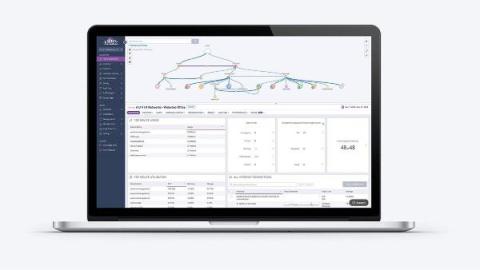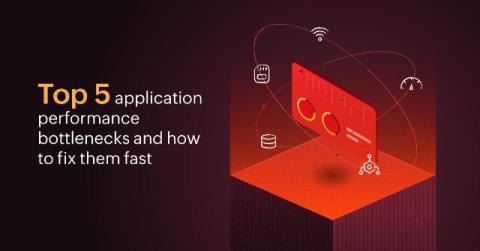Ways to Use Mock Services in Software Development
Mocking APIs is a popular practice in software development. An increasing number of developers are reaping the benefits and no longer using their valuable time to spin up duplicate resources. Many mock services do not require account creation, making them easy to use and privacy-friendly. In the rest of this article, we explain what mock APIs are, when you should think about using them, and what solutions are available within the open-source and proprietary markets.









